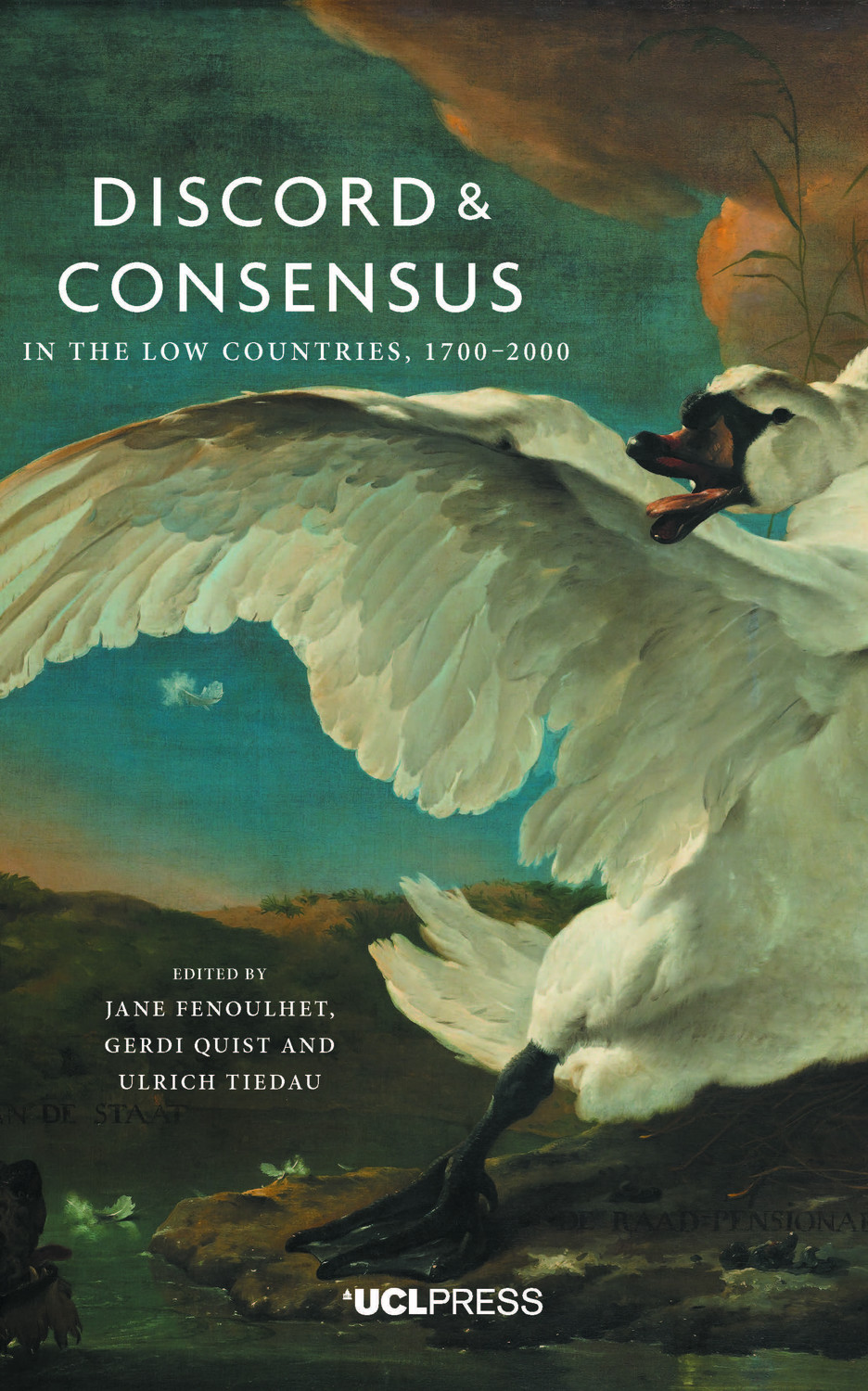Discord and Consensus in the Low Countries, 1700-2000
Edited by Jane Fenoulhet, Gerdi Quist, and Ulrich Tiedau and series edited by Ulrich Tiedau
Jane Fenoulhet is Professor of Dutch Studies at UCL. She works in Dutch Literature and Translation Studies as well as Language and Culture Pedagogy Gerdi Quist currently researches language-and-culture teaching and the development of language learning materials from a social semiotic perspective. As well as publishing theoretical articles on the issue, she has also produced self-study materials for Dutch as a Foreign Language. Ulrich Tiedau is Senior Lecturer in the UCL Department of Dutch and an Associate Director of the UCL Centre for Digital Humanities. He is also serving as editor in chief of Dutch Crossing: Journal of Low Countries Studies.
Introduction: discord and consensus in the Low
Countries, 1700–2000
Ulrich Tiedau
1. Pre-modern Dutch identity and the peace celebrations of 1748
Lotte Jensen
2. Gnawing worms and rolling thunder: the unstable harmony
of Dutch eighteenth-century literature
Inger Leemans and Gert-Jan Johannes
3. A twice-told tale of a (dis)united kingdom: Thomas Colley
Grattan’s History of the Netherlands (1830, 1833)
Raphaël Ingelbien and Elisabeth Waelkens
4. A conflict in words and images, or a conflict between word and
image? An intermedial analysis of graphic novel adaptations
of Hendrik Conscience’s The Lion of Flanders (1838)
Christine Hermann
5. Language controversies in the Gazette van Detroit (1916–1918)
Tanja Collet
6. ‘Beyond A Bridge Too Far’: the aftermath of the Battle
of Arnhem (1944) and its impact on civilian life
Reinier Salverda
7. ‘A sort of wishful dream’: challenging colonial time and
‘Indische’ identities in Hella S. Haasse’s Oeroeg, Sleuteloog
and contemporary newspaper reviews
Stefanie van Gemert
8. Reinstating a consensus of blame: the film adaptation
of Tessa de Loo’s De tweeling (1993) and Dutch
memories of wartime
Jenny Watson
9. Harmony and discord in planning: a comparative
history of post-war welfare policies in a Dutch–German
border region
Marijn Molema
10. Dutch in the EU discourse chain: mimic or maverick?
Suzie Holdsworth
Format: Hardback
Size: 234 × 156 mm
234 Pages
ISBN: 9781910634295
Publication: May 02, 2016
Series: Global Dutch 1
Related products
Narratives of Low Countries History and Culture
This edited collection explores the ways in which our understanding of the pa...








